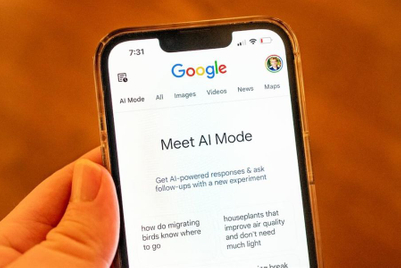
INDIA: SPORT SPONSORSHIP
Last week, Oppo pulled the plug on its five year deal with the Indian cricket team and ended its association as sponsor two and a half years before it was supposed to.
While the Indian cricket team had no problem in finding a replacement, with the learning app Byju's coming on board as the Indian team sponsor for the remaining time left in the five year contract (which ends on 31 March 2022), the new brand should be wary about how it uses its association.
‘When in doubt, use cricket’ has been the mantra for many marketers in India. But that philosophy seems to have run its course, as big spenders backing cricket and the Indian Premier League find themselves way down the ranks in Nielsen and Campaign's study of India's top brands for 2019, part of the 'Asia's Top 1000 Brands' annual research project.
While Samsung, whose cricket association saw it partner with the Mumbai Indians as principal sponsor in April 2018, a deal that continues, is the brand that tops this list, other consumer durable brands like Oppo and Vivo, which invest heavily in cricket, find themselves lagging in the rankings.
Oppo comes in to the list at position 404, while Vivo, the title sponsor for the Indian Premier League, is absent completely. The premium streaming platform Hotstar, another big advertiser and backer of the sport, has also dropped 76 positions from 120 to 196.
In fact, among the big spenders on cricket, only Paytm (the title sponsor for India’s home games) and Jio are in a significant position in the rankings, with Paytm gaining 31 spots to reach number 24 and Jio entering for the first time at number 30. Nike, the apparel sponsor for the Indian cricket team, made a small gain, climbing three spots from 14 to 11.
S. Subramanyeswar, chief strategy officer, MullenLowe Lintas Group, offers one explanation: "The audience of today, particularly the younger lot, aren’t somebody who will embrace every bright shiny object that comes at them. And more so when it comes to technology products, a category on which they’re always at the top end of knowledge on upgrades, changes and disruptions. They are incredibly adept at filtering out everything except what it means to them at a deeper level when it comes to making choices of brands. Paytm, over the last few years, and Nike, over the last many decades, fit exactly that bill. People have loyalty beyond reason for Nike. And Paytm, too, isn’t just another economic mode of transaction anymore. [It] definitely operates at, and means, a level beyond that. Mere advertising, whatever the quantum levels, isn’t a barometer of popularity for today’s audience in their relationship with brands."
According to Lloyd Mathias, former marketing director, consumer PCs, Asia Pacific and Japan for HP, Byju’s should be looking at consistent messaging for a period longer than the two and a half years it has with the BCCI.
"Top brands are not just a function of spends but also of visibility and duration of exposure. While Oppo and Vivo have spent considerably on IPL and cricket properties in the recent past — these brands are yet to embed themselves in Indian consumers' minds.
"Paytm on the other hand has been in active play for over five years now and had a two-year long relationship with NDTV as an anchor sponsor. It was hugely in the public eye around the demonetisation in November 2016, when in a short duration its user base doubled to over 250 million. They also they have strong ground visibility and presence with their logos in petrol pumps and kirana stores.So just using cricket for one or two seasons — while building visibility in the short term — is no guarantee of a brand powering its way and staying on top."
Mobile network operator Jio, which connected with all eight IPL teams, is also a brand that has benefitted with a slightly long term approach. Launched in 2016, the brand wasn’t a part of the top 100 in 2018, but made it to number 30 in this year’s list after sustained messaging during the last three editions of the Indian Premier League.





.jpg&h=334&w=500&q=100&v=20250320&c=1)
.jpg&h=334&w=500&q=100&v=20250320&c=1)
.jpg&h=334&w=500&q=100&v=20250320&c=1)
.jpg&h=334&w=500&q=100&v=20250320&c=1)
.jpg&h=334&w=500&q=100&v=20250320&c=1)







.png&h=268&w=401&q=100&v=20250320&c=1)
.jpg&h=268&w=401&q=100&v=20250320&c=1)
.jpg&h=268&w=401&q=100&v=20250320&c=1)
